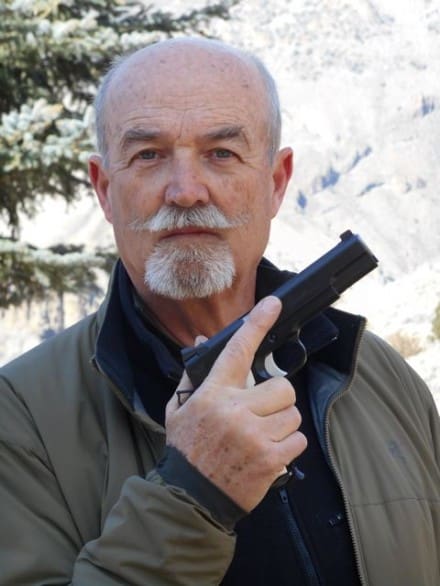Of all the issues I see with users of the AR15/M4 weapons platform, two issues create the most problems. First is lack of lubrication. You must keep these firearms lubricated to work properly. Second is the problem of failing to seat the magazine into the weapon securely, when the bolt (moving parts) is forward.
Whether it is military, police, or private sector users, they try to top off their AR by putting a magazine that has 30 or often 31 rounds loaded into their carbine with the moving parts forward and in battery. With 31 rounds it will not lock into the weapon period, and with 30 rounds it will often be nearly impossible to get the magazine catch to engage in the magazine notch without beating the hell out of the magazine. This is especially the case with GI issue magazines. Some newer designs such as the Magpul polymer magazine has enough over travel in the spring that it can often be inserted and latched with 30 rounds in place. Yet, even with the Magpul I see many users fail to get it latched into the carbine properly with 30 rounds loaded.
The result of this failure to get the magazine secured into the weapon is that when the weapon is fired, the bolt carrier will fail to pick up the next round and you’ll get a click instead of a ‘bang’. In some cases the magazine will drop out of the weapon. Either way it is an ‘Operator Malfunction’ that can be easily corrected by first down loading any 30 round AR magazine to 28 rounds, and using a technique to insert the magazine with force, then give the magazine a tug to insure that it is securely latched into the weapon.
For half a century, the method of loading an AR magazine down to 18 rounds in a GI 20 rounder, or 28 rounds in a GI 30 round magazine was to insert the rounds into the magazine with the top round on the right looking at it from the rear. Press down on the top cartridge in the magazine with your thumb until the base of your thumb nail is even with the top of the magazine feed lip. Remember, top round is always on the RIGHT as you can load 31 rounds in the magazine; the 31st round will be on the left.
Now it gets interesting as the ‘Green Machine’ has converted to a magazine with a tan follower that will now have 30 rounds with the top round on the left; so much for 50 years of doing it one way, why not screw up the system? Again, remember it is the ‘Green Machine’; if you have been part of it you understand.
So, if you have the new tan follower GI magazines or Tango Down AR magazines, think top round on the left, thumb nail down to top round.
Now, which AR magazine is best?
Simple, whatever is free.
I like GI magazines with Magpul followers. I have Magul Gen 2 and Gen 3 mags, they are great. Nov 9th is coming, so make sure you have a good supply of quality serviceable 30 round magazines, and load them to 28 rounds.
– Ken Hackathorn
Ken Hackathorn has served as a US Army Special Forces Small Arms Instructor, Gunsite Instructor, and NRA Police Firearms Instructor. He is currently an FBI Certified Firearms Instructor, Certified Deputy Sheriff with Washington County SO, Ohio, and a SRT member and Special Response Team trainer. Ken has trained US Military Special Operations forces, Marine FAST and SOTG units and is a contract small arms trainer to FBI SWAT and HRT.
Ken has provided training to Federal, State, and local law enforcement agencies and been active in small arms training for the past 25 years. He has written firearms related material for Guns & Ammo, Combat Handguns, Soldier Of Fortune, and currently American Handgunner and contributed to at least six other gun/shooting journals. Ken was also a founding member of IPSC and IDPA.
Gunfighter Moment is a weekly feature brought to you by Bravo Company USA. Bravo Company is home of the Gunfighters, and each week they bring us a different trainer to offer some words of wisdom.

















































































































